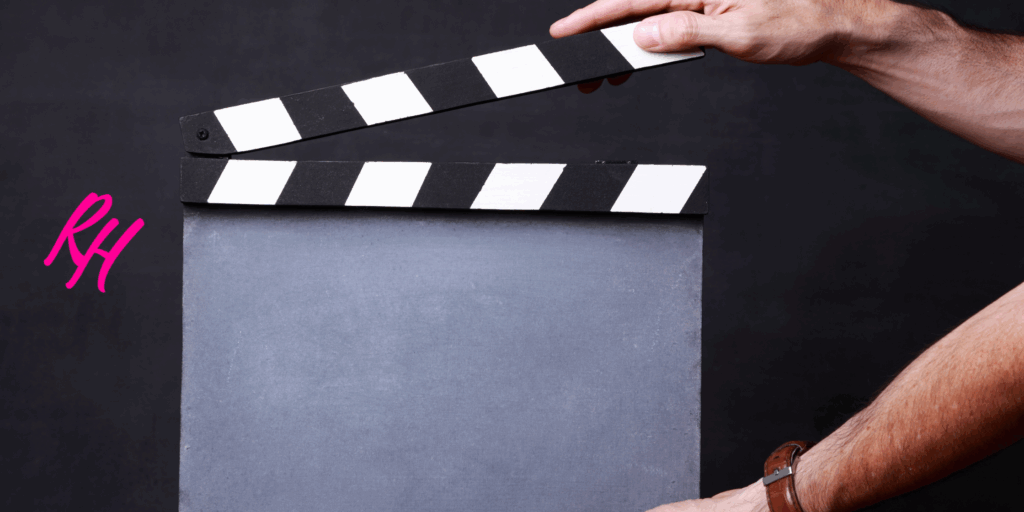You know that knot in your stomach when leadership announces another AI initiative? The one that tightens when you see yet another headline about AI replacing jobs, transforming industries, or making your current skills obsolete? The stress that keeps you up at night wondering if you’re falling behind, if your company is doing it wrong, or worse—if you’re already too late?
Yeah, that feeling. Let’s talk about it.
Because here’s what I’m seeing in boardrooms and break rooms across the country: people are terrified of AI. And not in the sci-fi robot apocalypse way. In the much more immediate “I have no idea how to incorporate this into my work and everyone expects me to figure it out yesterday” way.
The Learned Helplessness Trap
As a stress physiologist, I spend a lot of time studying how humans respond when faced with challenges that feel overwhelming and out of our control. And right now, AI implementation is checking all those boxes.
Here’s what happens: Your company announces an AI transformation initiative. Leadership brings in consultants who speak in acronyms. They roll out tools you don’t understand. Training is either non-existent or so technical it might as well be in another language. You try a few times to “use AI” and it doesn’t work the way you expected. Or worse, it works too well and you start questioning your own value.
So you stop trying.
This, friends, is learned helplessness—a psychological state where repeated exposure to situations we can’t control leads us to simply… give up. Even when solutions become available, we’ve already shut down. We’ve learned that our actions don’t matter, so why bother?
And the AI revolution? It’s a perfect breeding ground for this response.
Employees watch their companies scramble to “implement AI” with no clear strategy. They see tools rolled out with no context. They’re told to “be innovative” while simultaneously being given zero permission to fail. The goal posts keep moving. The technology keeps evolving faster than anyone can keep up. And slowly, steadily, people start to disengage.
“Let me know when you figure it out,” becomes the unofficial motto.
But here’s what’s wild about this moment: that stress you’re feeling isn’t a sign you’re failing. It’s a sign you’re paying attention.
Reframing the Stress Signal
In my research, I’ve found something that changes everything: stress isn’t the enemy. It’s information. It’s your biology’s way of saying, “Hey, this matters. Pay attention. You need to do something here.”
When you feel that anxiety about AI, your body is actually trying to help you. Our stress response is a feature not a bug. Your body is releasing a cocktail of hormones—yes, cortisol and adrenaline, but also oxytocin, that “connection hormone” that motivates you to reach out, to learn, to collaborate. Your stress is designed to mobilize you, not paralyze you.
The problem isn’t the stress. The problem is what we’ve been taught to do with it.
Most organizations treat stress like something to be “managed away.” They offer wellness apps and mindfulness seminars while simultaneously creating the exact conditions that generate more stress. They expect employees to navigate massive technological change alone, with inadequate support, and then wonder why people are burned out.
So let me offer you a different approach—one I call “stress springboarding.”
From Helpless to Empowered: Using Stress as Your Launch Pad

Instead of trying to eliminate your AI stress (spoiler: it’s not going anywhere), what if you could transform it into forward momentum? Here’s how:
1. Name What’s Actually Stressing You
Your brain is terrible at distinguishing between vague anxiety and specific problems. When you feel overwhelmed by “AI,” pause and get specific:
- Are you stressed because you don’t understand how to use specific tools?
- Are you worried about job security?
- Do you feel pressure to deliver results with technology you haven’t been trained on?
- Are you concerned your organization is jumping on trends without strategy?
Each of these requires a different response. Naming the actual source of your stress takes it from an amorphous monster to a problem you can start to tackle.
2. Take One Small Action While You’re Feeling That Energy
Remember: stress is designed to make you move. The key is acting while you feel that stress energy, not after you’ve “calmed down.”
Feeling stressed about your AI skills? Don’t wait until you’re “ready.” Pick one tool—just one—and spend 15 minutes playing with it today. Ask it something relevant to your actual work. See what happens. You don’t need to master it. You just need to start.
Our motivation is driven by action.
Read that again. Most people believe that they have to get motivated to take action, but it’s actually the other way around. When you take action, you derive more motivation to take MORE action.
The Winner’s Effect is real: small wins rewire your brain to expect more wins. Each tiny action builds momentum and transforms your relationship with the challenge.
3. Make It Social (Because Stress Was Never Meant to Be Solitary)
Here’s where learned helplessness really falls apart: when we face challenges together. Stress is fundamentally a social experience. Your body releases oxytocin precisely to push you toward connection during stressful times.
Instead of suffering silently with your AI confusion:
- Start a Slack channel where people share what they’re learning (and what’s not working)
- Propose a weekly 30-minute “AI experiment hour” where colleagues try new tools together
- Offer to help someone else figure out a tool you already understand
- Ask someone who seems comfortable with AI to show you their process
When we channel our stress energy outward—toward collaboration and contribution—we transform it from a threat into fuel.
4. Redefine “Good Enough” and Give Yourself Permission to Be a Beginner
One of the biggest drivers of learned helplessness around AI is the gap between where we are and where we think we “should” be. We see people creating seemingly magical things with AI and assume everyone else has it figured out.
They don’t.
Here’s the truth: we are ALL beginners right now. AI is evolving so fast that “expertise” is measured in months, not years. The playing field is more level than it’s ever been—or might ever be again.
Your goal isn’t perfection. It’s not even “proficiency.” Your goal is forward motion. Can you do one thing with AI this week that you couldn’t do last week? That’s success.
5. Set a Trajectory, Not a Destination
This is crucial for avoiding learned helplessness: focus on direction, not perfection.
You don’t need to have AI “figured out.” You need to be moving toward outcomes you actually want. Ask yourself:
- What would I like AI to help me accomplish in my role?
- What parts of my work feel like drudgery that could potentially be delegated?
- What would become possible if I had more time freed up?
- What am I curious about, even if I have no idea how to do it yet?
Then set a trajectory: “I’m moving toward using AI to automate report generation so I have more time for strategy.” Not “I will master AI by Q2.” See the difference?
Trajectories allow for learning, pivoting, and growth. Destinations or outcomes just give you more opportunities to feel like you’ve failed.
The Real AI Advantage: Humans Who Can Channel Their Stress
Here’s what keeps me up at night (in a good way): The actual competitive advantage in the AI era won’t belong to the companies with the best algorithms. It will belong to the organizations whose people know how to transform uncertainty into action.
Because AI isn’t going to slow down. The technology will keep evolving. New tools will keep emerging. The goal posts will keep moving. This stress? It’s your new normal.
But stress is only debilitating when we misinterpret it, when we let it push us into learned helplessness, when we try to fight it or hide from it.
When we learn to springboard off it? When we use that energy to take action, to connect with others, to move toward outcomes we want? That’s when we become unstoppable.
Your Action Step (Yes, Right Now)
I’m not going to let you finish reading this and do nothing. Remember: action while you’re feeling the stress energy is what rewires your brain.
So here’s your assignment:
Within the next 24 hours, do ONE of these things:
- Send a message to a colleague: “I’m trying to figure out [specific AI tool/application]. Want to explore it together for 20 minutes this week?”
- Open an AI tool you’ve been avoiding and ask it one question related to your actual work. Just one. See what happens.
- Start a document (or channel, or meeting agenda) titled “What We’re Learning About AI” and invite others to contribute. Share one thing you’ve tried, even if it didn’t work.
- Identify one repetitive task you do this week and spend 10 minutes researching if AI could help with it. You don’t have to implement anything—just research.
Pick one. Not all of them. Just one.
Because here’s the secret I’ve learned from studying stress for nearly two decades: You don’t need to be fearless. You just need to be fear-less—willing to take action even while you’re scared, using your stress as the catalyst it was designed to be.
Your stress about AI isn’t a weakness. It’s proof you’re awake, engaged, and ready to grow.
Now let’s put it to work.

![Fearless blog FEAR[less] blog](https://rebeccaheiss.com/wp-content/uploads/2024/05/Fearless-blog.png)


